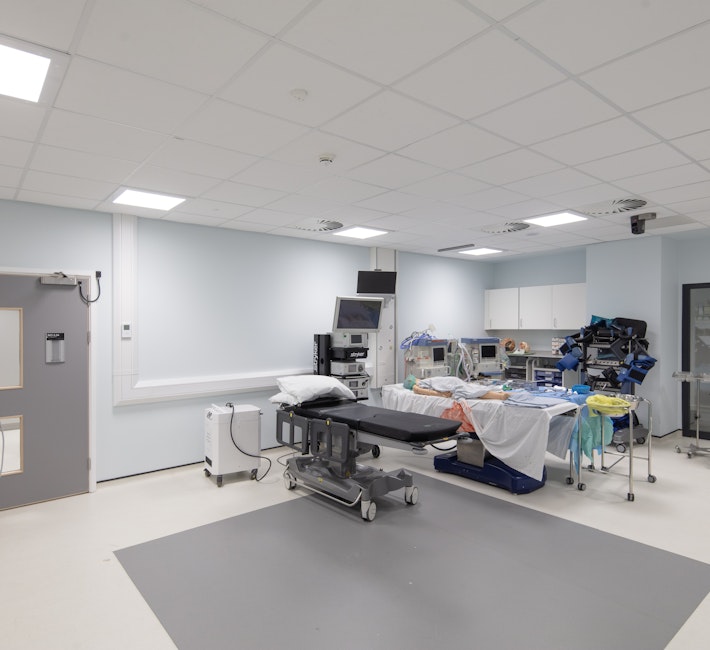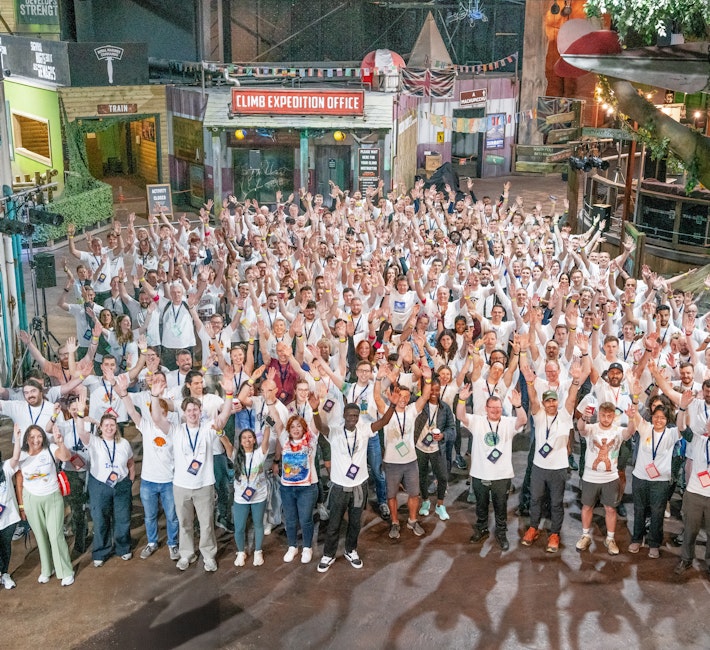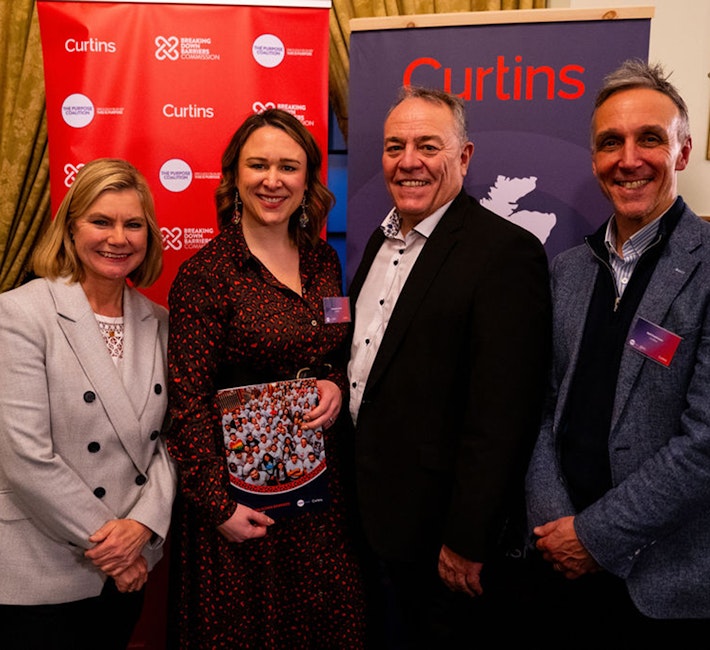- Home
- News & Views
- How MMC is crucial to the delivery of healthcare projects
Healthcare and construction are both in a period of rapid change and transformation. Embracing digitisation and modern methods of construction is key to delivering healthcare infrastructure which meets the needs of today and the future.
For over a decade both the healthcare and construction sectors have been on parallel tracks of embracing rapid and transformational change driven by the digitisation of the processes for how we design, construct, and engage with our healthcare environments.
The global pandemic has accelerated these changes, re-setting public awareness of how we value our individual and collective physical and mental health and how we engage with healthcare throughout our lives.
Increasingly healthcare environments are moving away from being institutional facilities to becoming integral part of our communities, with the focus shifting from transactional, treatment-based models to more service-based models of prevention and wellbeing.
The scale and ambition of the government’s new Health Infrastructure Plan provides a once in a generation opportunity for a significant reappraisal of how we interact with our healthcare facilities and how they integrate with our communities.
This period of transformation creates both challenges and opportunities. The health facilities we design over the next five to ten years will form part of our communities for the next hundred years. When we consider the impact that digitisation has had on our day to day lives over the last twenty years, it is reasonable to assume that the changes over the coming decades and beyond will be equally transformational. This poses the key question of how we design and construct our healthcare infrastructure to meets the needs of today and the future
As engineering designers, the key is designing for flexibility and adaptability in both buildings and external spaces, taking learning and best practice from other sectors. Hospital estates both large and small have a common challenge: complexity. Therefore, our engineering solutions need to respond by mitigating impacts on live estates through design and construction and affording maximum flexibility for change across the project lifecycle.
A key part of this approach is the use of Modern Methods of Construction (MMC) to displace construction activity from the live hospital environment to the controlled factory manufacturing environment. This has the dual impact of reducing interaction between Construction and Operational activities, hence reducing risk whilst enabling greater control on construction quality and programme.
There is often the misconception that MMC means construction using volumetric modules with fully integrated services, finishes and equipment which are manufactured in factories and assembled onsite. Whilst volumetric solutions are a key part of the MMC spectrum we need to be careful that solutions are not driven exclusively by the product.
At Curtins we consider that the MMC approach positions engineers at forefront of the design process. We have learnt through decades of successfully delivering MMC projects across many sectors that best value lies in the integration of high-performance, pre-manufactured systems with the bespoke site constraints and project specific design drivers.
Through our current work on North Manchester General Hospital we are working collaboratively with the project team and stakeholders to develop MMC solutions from concept stage. This maximises Pre-Manufactured Value (PMV) through standardisation and the use of the latest digital processes to generate design data that supports decision making, particularly around areas such as sustainability and embodied carbon.
The early construction phases of a project are often where the most risk lies. Designs are being finalised against a background of change whilst the early construction activities such as enabling works and sub-structures are progressing at pace, often in highly constrained environments.
An approach using MMC mitigates the site risk in this critical period by reducing:
Onsite labour
Construction traffic
Noise, vibration and dust
These benefits can be achieved whilst shortening the build programme through minimising temporary works and moving the installation of complex design interfaces, such as fire, acoustic and services, from the site to the factory. The opportunity to reduce programme and risk whilst improving quality will enable higher quality buildings at a lower cost.
Continued alignment of the construction industry with a manufacturing and digital methodology provides a holistic solution to delivering high-quality healthcare facilities that respond to the needs of today whilst future proofing for tomorrow.
Andy Macfarlane is Director of Curtins’ Liverpool office and Civil & Structural lead on North Manchester General Hospital.
Tags:



